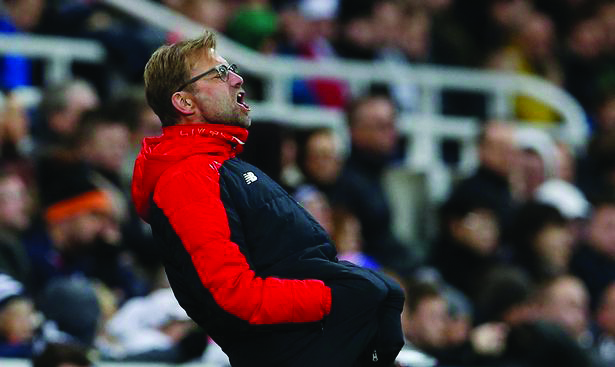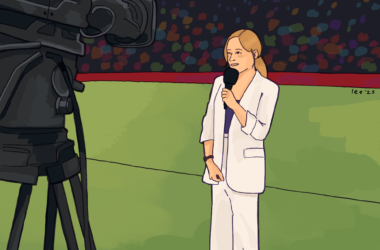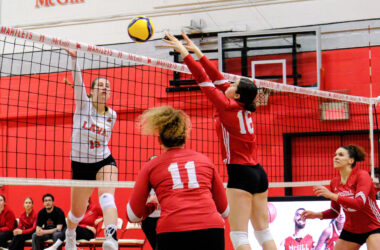The charismatic Jurgen Klopp arrived at Liverpool FC as a highly pedigreed manager last year. He previously led Borussia Dortmund–a mid-table Bundesliga club before his arrival in 2008–to two Bundesliga titles and a European Champions League final appearance in 2013. Liverpool fans anticipated Klopp’s arrival with sky-high expectations. For the first time in a while a top-four English Premier League (EPL) finish, or even a title seemed within grasp.
Liverpool fans tasted success under former manager Brendan Rodgers when his Luis Suarez-led team finished runners-up in the 2013-14 EPL season. However, the Northern Irishman’s inflexible tactics and insistence on possession football led to his downfall. Klopp’s arrival demanded he address the lack of goals from midfield, a leaky defence, and a team short on confidence.
In his first game in charge, a 0-0 draw with Tottenham Hotspur, Klopp’s now famous ‘gegenpressing’ (counter-pressing) playing style was evident, albeit as a work-in-progress. Gegenpress is organized, aggressive pressing high up the pitch in order to regain possession of the ball as quickly as possible, and then counterattack by moving the ball quickly between players. This requires a high level of structure—one person begins the pressing and the rest of the team follows in order to cover passing lanes and reduce holes in the defence.
In that match against Tottenham, Klopp started off with a 4-2-3-1 formation with Emre Can and Lucas in the holding roles; Philippe Coutinho, Adam Lallana, and James Milner in the mid-field; and Divock Origi at the top. Liverpool’s game was relentless in its pace and full of excitement. Klopp’s tactics have since developed as he’s experimented with different players and formations.
Fans and the rest of the Premier League now realize how effective Liverpool’s gegenpressing is. The system came into its own against Manchester City in November 2015. Liverpool began with a 4-3-3 formation with Coutinho, Lallana, and Roberto Firmino forming the front three. Firmino–who Rodgers played out of position on the wing or as an attacking midfielder–started in his natural centre-forward position. The strategy proved to be a masterstroke by Klopp. Firmino and Coutinho’s constant pressure and slick skills on the ball proved too much for the usually-solid City defence and the Reds won the game 4-1. This established Firmino not only as a starting forward, but a vital part of the team.
Fastforward to this season and Liverpool have the players required to make Klopp’s system work. Klopp’s insistence on double training sessions in preseason ensured that his players knew his philosophy inside out. The German addressed the Reds’ long-standing defensive frailties by bringing in 6’4” centre-back Joel Matip from Schalke. Klopp also brought in Senegalese international Sadio Mane from Southampton for £30 million to add to Liverpool’s attacking ranks. The forward’s blistering pace, dribbling skills, and shooting ability added much needed directness to Liverpool’s attack.
Tactically, Klopp switched from a 4-2-3-1 to a fluid 4-3-3 with Jordan Henderson, Lallana, and Georginio Wijnaldum in the middle of the park; and Firmino, Coutinho, and Mane in the front three. In this formation, two of the midfielders forward while one sits deep. The midfield pairing of Lallana and Wijnaldum is better equipped to join the attack without having to go wide, as they are joined by the wide attackers when Liverpool has possession of the ball. The introduction of James Milner, a natural winger/midfielder, to left back has also improved Liverpool’s defence.
Klopp finally has a team of players he wants, playing the style he wants. Liverpool seem back at their best, and are genuine title-contenders this season. After the doom and gloom of the mid-2000’s, Jurgen Klopp is ushering in a new era—one that could bring silverware to the club.








